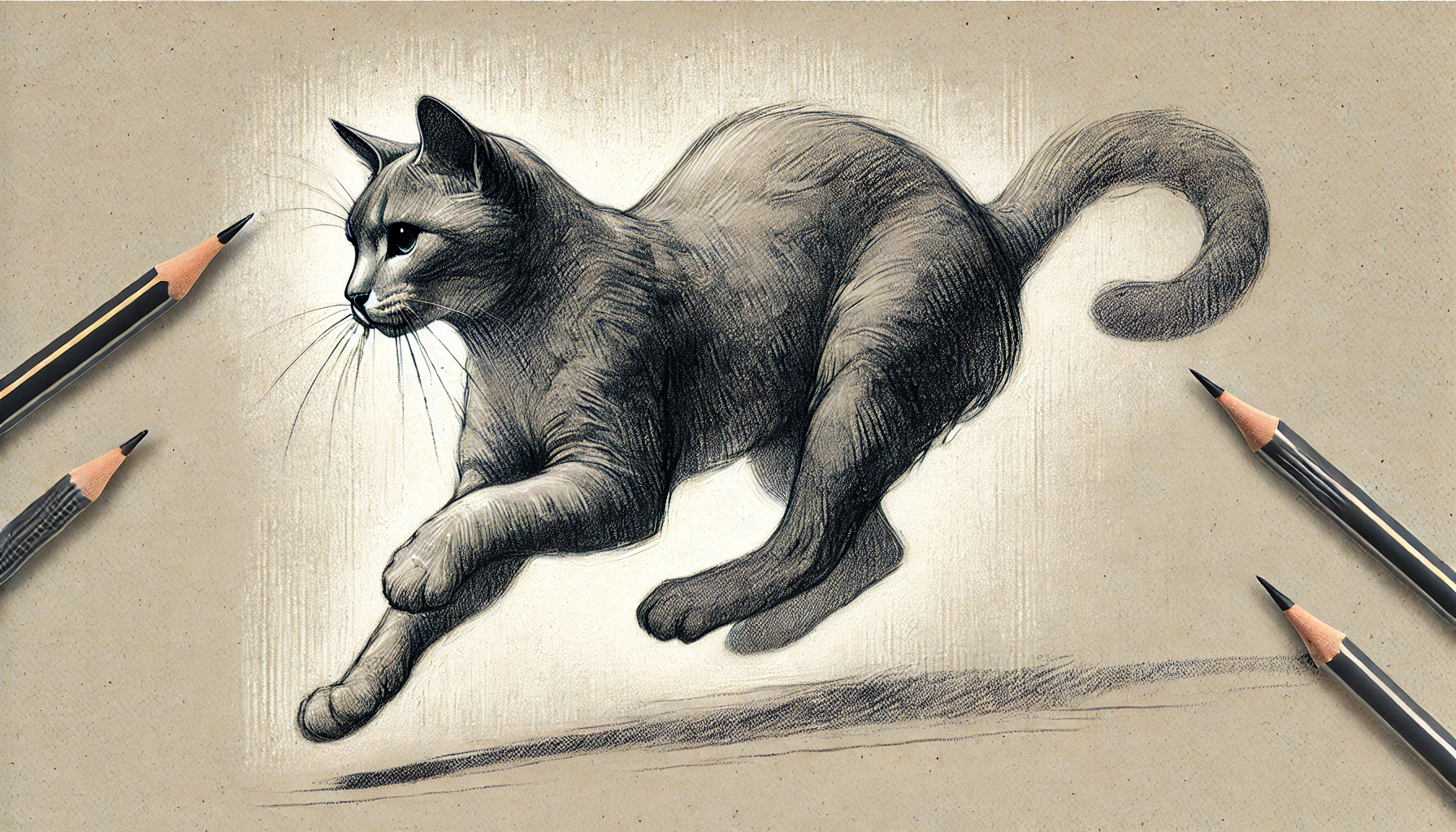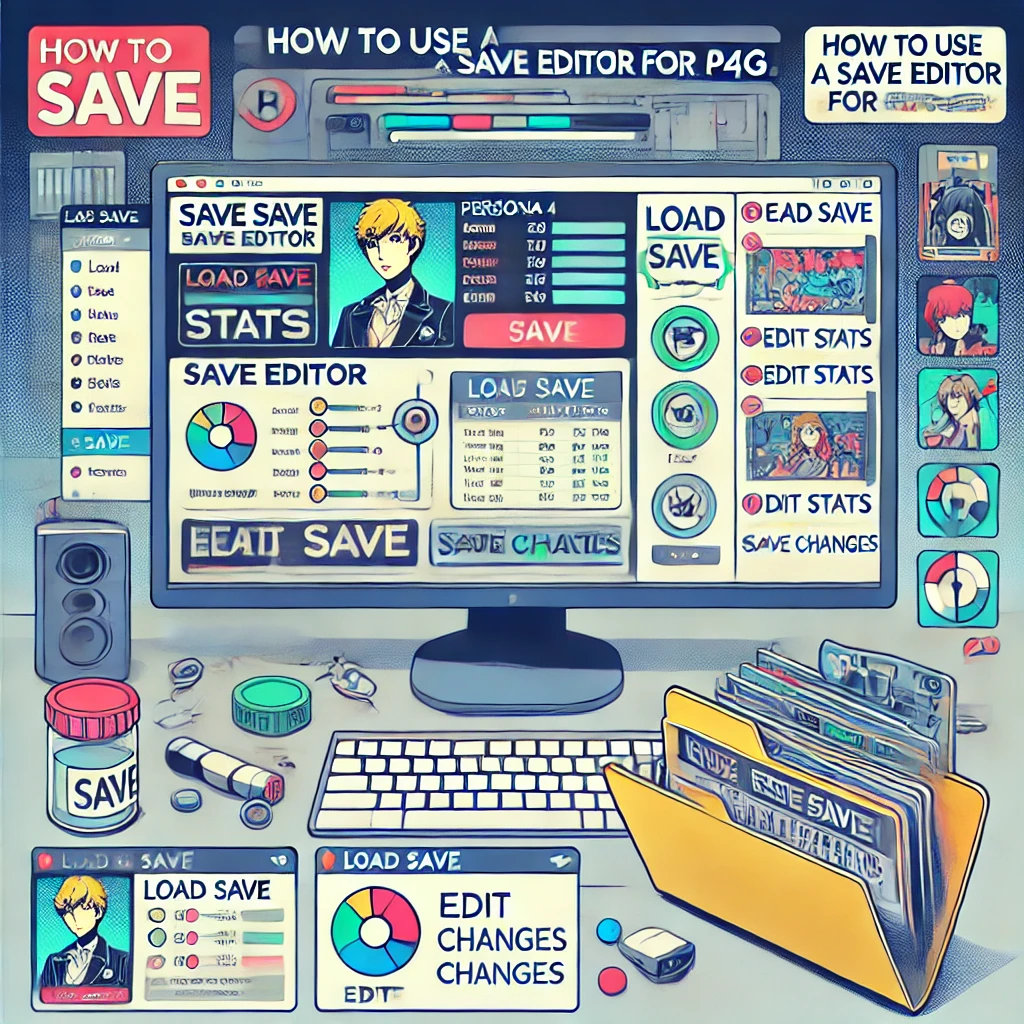The Art of Drawing Cats: My Journey with Drawing:a4z_-ymtkr8= cat
Hi, I’m Xenom, and if there’s one thing that I love to draw, it’s cats! They’re mysterious, elegant, and packed with personality, which makes them the perfect subject for artists. Today, I want to share a bit about my experience with drawing:a4z_-ymtkr8= cat and guide you through some tips and tricks that have helped me along the way. Whether you’re just starting or looking to refine your skills, this post is for you.
Common Questions About drawing:a4z_-ymtkr8= cat
When I first started exploring drawing:a4z_-ymtkr8= cat, I had so many questions. You’ve probably wondered the same things:
- How do I draw a cat that looks realistic?
- What’s the easiest way to start drawing a cat’s body?
- How can I capture the fur’s texture without overcomplicating it?
These are some of the common concerns I had, and over time, I learned some simple techniques that helped me break down the process and improve my drawings.
Starting Simple: The Basics of drawing:a4z_-ymtkr8= cat
Before you dive into the details, you have to nail the basics. For me, that meant understanding the cat’s anatomy. Cats have a unique structure—long limbs, graceful curves, and a sleek body. When I first started drawing cats, my biggest challenge was proportion. My cats always looked either too short or too tall!
Here’s how I overcame that:
- Start with shapes: I begin by sketching the head as a circle, then adding an oval for the body. I also lightly mark where the legs and tail will go. This helps ensure the proportions are correct before getting into the finer details.
- Focus on symmetry: One tip that’s really helped me is making sure both sides of the cat (especially the face) are symmetrical. Cats are naturally balanced, so paying attention to this keeps your drawing looking realistic.
Drawing a Cat’s Face: Expressions and Personality
When it comes todrawing:a4z_-ymtkr8= cat, the face is where all the magic happens. Cats have expressive eyes, sharp features, and a lot of character. I’ve found that getting the eyes right can completely change the look of your cat drawing.
Here’s what I focus on:
- Eyes: Cats have large, almond-shaped eyes. Depending on the expression I want, I’ll adjust the size of the pupils—narrow pupils for a fierce look, wide for a playful or curious cat.
- Ears: Cat ears are either perky or relaxed, depending on their mood. I like to draw their ears slightly pointed, adding little details like fur around the edges to make them stand out.
- Whiskers: I always make sure to include whiskers! They’re thin and delicate but can add so much life to your drawing.
How to Draw Cat Fur: Making It Look Real Without Overdoing It
One of the biggest challenges in drawing:a4z_-ymtkr8= cat is getting the fur texture right. Early on, I used to get lost trying to draw every single hair. I quickly realized that you don’t need to overcomplicate things. Instead, here’s how I approach fur now:
- Short-haired cats: Use quick, short strokes to mimic the sleekness of their fur. I always follow the natural direction of the fur, especially around the face and body curves.
- Long-haired cats: For long fur, I make longer strokes, but I still try to keep them light and flowing. I focus on the tufts of fur around the chest, belly, and tail to add volume without drawing every hair.
Creating Movement: Drawing a Cat in Action
Cats are known for their graceful, agile movements. Capturing that in a drawing can be tough, but it’s also one of the most rewarding parts of drawing:a4z_-ymtkr8= cat.
To draw a cat in action, I always start by observing real-life cat movements—watching videos or even just my own cat at home. Cats stretch, leap, and curl up in ways that are beautiful to capture. When sketching, I break down the pose into simple shapes first and then layer in the details.
For example, if I’m drawing a cat mid-leap:
- I sketch an oval for the body’s general position.
- I add stretched-out legs and a slightly curved tail.
- Then, I draw the head slightly tilted forward to show that the cat is focused on its target.
The trick is to keep the lines light and dynamic. I avoid stiff, straight lines, and instead, use flowing curves to capture the energy.
Encouraging Interaction and Questions
Drawing cats has been an exciting journey for me, and I’m always learning new things along the way. I’d love to know what challenges you face when drawing cats! Is it the fur? The body proportions? Let’s talk about it in the comments below.
I’m always happy to share tips or see your progress. Feel free to share your drawings, and we can improve together!
Regular Practice is Key
The most important thing I’ve learned through all my experiences with “drawing= cat” is that regular practice makes a huge difference. The more you sketch, the more confident you’ll become with proportions, poses, and details. Over time, you’ll develop your own style, and that’s when drawing becomes truly fun and expressive.
Final Thoughts on drawing:a4z_-ymtkr8= cat
Drawing cats is a wonderful way to express creativity, and with drawing:a4z_-ymtkr8= cat, you can challenge yourself to bring these graceful animals to life on paper. My journey has been full of trial and error, but with every sketch, I’ve learned something new.
If you’re just starting out, don’t get discouraged. Every line you draw is progress, and the more you practice, the better you’ll get. And remember, drawing isn’t just about creating a perfect picture; it’s about enjoying the process and expressing your love for these amazing animals.
Now, it’s your turn. What will you draw next? Grab your pencil, and let’s get started on your own version of drawing:a4z_-ymtkr8= cat.
Feel free to share your work and tips with me. Let’s keep this conversation going!














Post Comment